



Utter Loser
gamer level 6
6483 xp
6483 xp
followers
17
17
Use my invite URL to register (this will give me kudos)
https://boardgaming.com/register/?invited_by=jacobjcoon
profile badges




recent achievements

Gamer - Level 6
Earn Gamer XP to level up!
Earn Gamer XP to level up!

Baron / Baroness
Gain 10 total followers
Gain 10 total followers

Novice Advisor
Submit 10 game tips, strategies, or house rules and receive a total of 270 positive ratings.
Submit 10 game tips, strategies, or house rules and receive a total of 270 positive ratings.

Novice Reviewer
Review 5 games and receive a total of 140 positive review ratings.
Review 5 games and receive a total of 140 positive review ratings.
Player Stats
Critic (lvl 2)
615 xp
615 xp
Explorer (lvl 3)
1288 xp
1288 xp
Professor (lvl 3)
930 xp
930 xp
Reporter (lvl 2)
562 xp
562 xp
About Me
I was born and raised (proudly I might add) in Toledo, Ohio. I went to Bowling Green State University for my undergrad in Education then moved to Maryland to teach for 7 years. I got my Master's degree from the University of Florida in Educational Technology.
Now I live in Germany and am a missionary helping to create online courses for other Christian organizations.
I am somewhat new to the boardgaming hobby. I always enjoyed them, but didn't play them much. I don't have a favorite style per say, but I have never played an RPG or mini-game (Feel free to try to convince me to try one).
I am always interested in hearing suggestions of games to play/buy.
I plan on attending Essen 2014, which will be my first gaming convention ever so I have no idea what I am in for.
I'm a big Ohio State Buckeyes, Detroit Tigers, Chicago Bears, and BGSU Falcons fan.
Currently I'm working on playing 10 of my games 10 times this year including:
Kings of Air and Steam
Euphoria
Pandemic
Ground Floor
Dark Horse
and 5 others







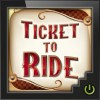







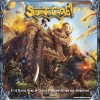

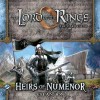









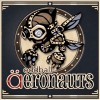
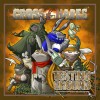
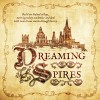






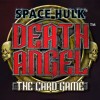



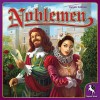


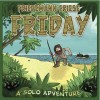














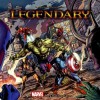









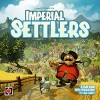

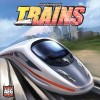





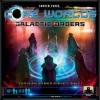



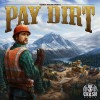

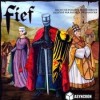

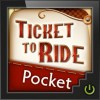


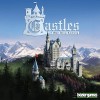
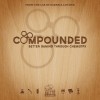




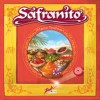

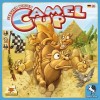

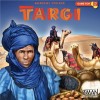













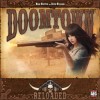


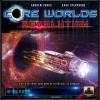





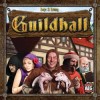




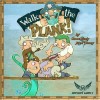

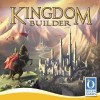











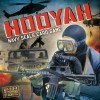






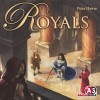





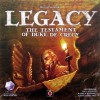
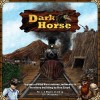

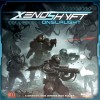
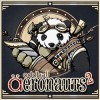






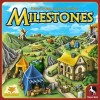
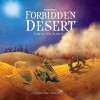












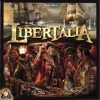
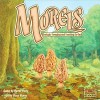


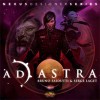



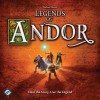




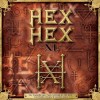
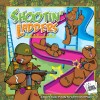

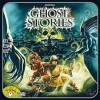










Infection: Humanity's Last Gasp
Appetizer – what attracts you to the game
Designer – John Gibson
Artist – Michelle Ball
Chris Kiser
Barry Pike, III
Publisher – Victory Point Games
Theme – It’s Pandemic: In the Lab with actual science…kind of.
Main – gameplay
Mechanisms – Puzzle mixed with dice rolling
Unique aspects – The puzzle of creating antibodies to remove molecules in an ever changing bacteria/virus by buying proteins and assigning them to specific molecules while using lab equipment and personnel…yeah it’s pretty much all unique in my opinion.
Good/not so good – If you don’t like die rolls determining whether you win or lose then that is a negative. There are ways to mitigate that so it can be less of a deal. What I like in this game is the resource management aspect with the funds and figuring out what is the best way to use it at that moment.
Dessert – the best part
I think the best part of this game is how you can take your turns in whatever order you want creating some good combos and allowing you to do much more than a normal turn would allow. For example you could use the lab equipment to help you buy one more protein to finish two antibodies that allow you to remove 3 molecules (one of which was only able to be targeted because of the second removed molecule) which then gives you enough funding to buy a new piece of equipment or some more personnel. When I get one of those turns I almost want to stand up and dance…almost.